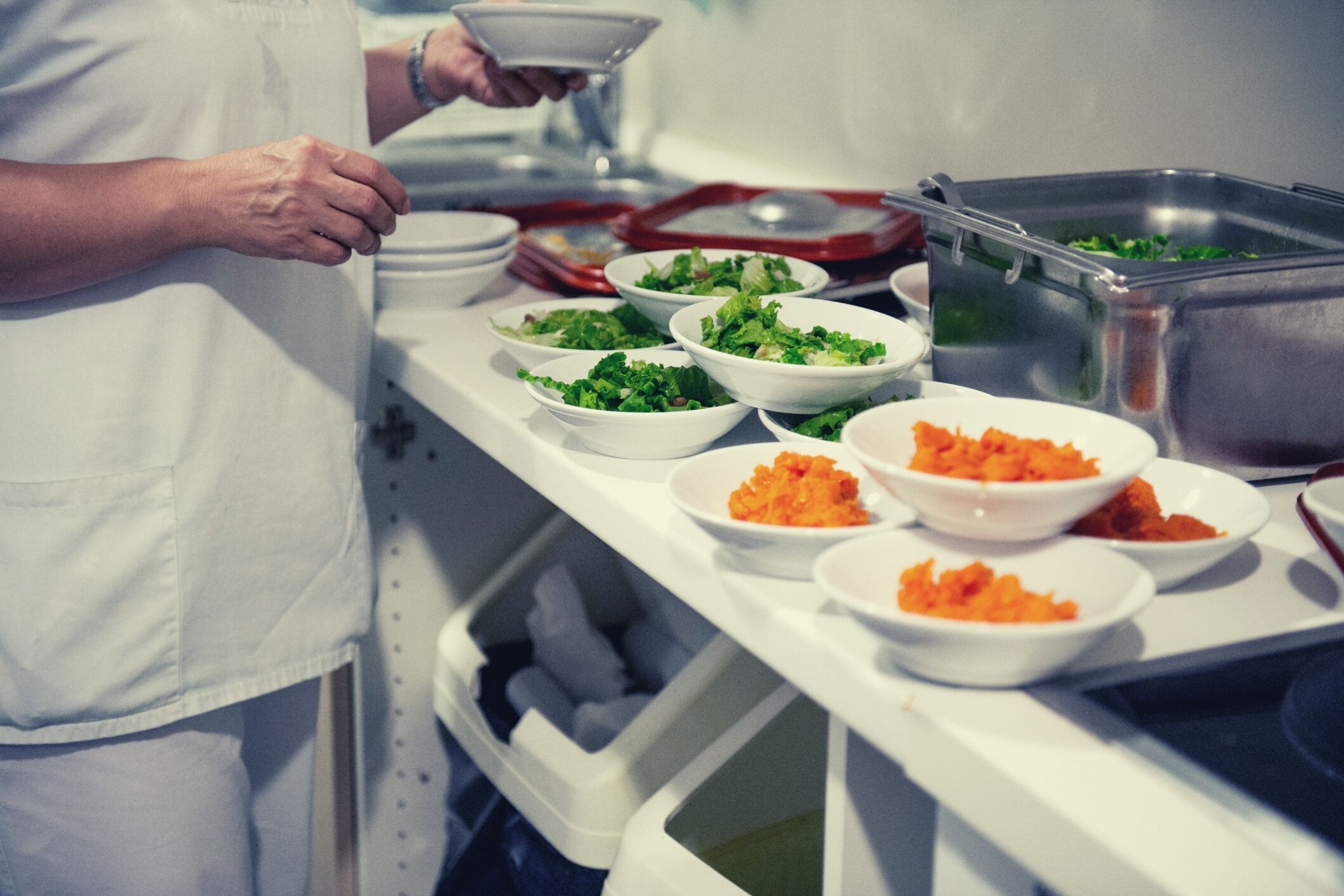
Accredited Practising Dietitian and Aged Care Subject Matter Lead for Dietitians Australia, Julie Dundon, explains why residential homes and home carers must take immediate action.
“Scientific reports have confirmed what we already suspected – that COVID-19 symptoms are more severe in malnourished elderly people,” Ms Dundon said.
“We know nutrition and mortality are closely linked … as too, is nutritious food with quality of life and better mental health.
“We’re deeply concerned by reports of food supply shortages and staffing issues resulting in grossly inadequate or even missed meals in aged care facilities.”
Ms Dundon added, “All affected homes should reach out to an Accredited Practising Dietitian to boost the nutrition of their residents through adequate meal planning.”
Chief Executive Officer of Dietitians Australia, Robert Hunt, explains how malnutrition in the aged care sector has long been of concern to the organisation.
“Our heart goes out to the people living in the affected aged care facilities, as well as those working in the sector who aren’t receiving the assistance they need to manage this situation.
“Incentivising facilities to reach out for the assistance of a dietitian may at least offer support to workers and boost the resilience of residents through nutrition.”
Dietitians Australia has been advocating for the Federal Government to take critical steps that will address what they believe to be a 30-year pandemic of malnutrition in the aged care sector.
“We’ve identified practical measures that government can take to ensure all residents are adequately fed in the future,” Mr Hunt said.
“Every facility should be subject to an onsite menu and mealtime assessment, and malnutrition screening must be included in the National Aged Care Mandatory Quality Indicator Program.
“And let’s make sure this never happens again through updating our 30 year-old National Nutrition Policy.
“We don’t need a taskforce to tell us what we already know. The money from the taskforce would be better spent on meeting the basic nutritional needs of some of our most vulnerable – the elderly in aged care,” Mr Hunt added.
I find it very disheartening and disappointing when ‘experts’ come out and make blanket statements such as ‘a pandemic of malnutrition’.
Our organisation provides the highest quality food to our residents. Not only is it nourishing but it is also tasty and there is great variety. I know of many other aged care providers that also provide their residents with very high quality food.
Why do some people feel the need to put an entire industry down with such sensationalised words to get their message across?
Food is one of the most essential ingredients of living in an aged care facility (as it is in living anywhere) and the majority of providers are doing an excellent job and this should be acknowledged. I have no doubt that there are some that must lift their game but that is no reason to taint all the providers doing such a wonderful job under the most trying of times.
I completely agree. I have observed meals across 2 different Aged care facilities.
One, my mouth would always water when I went past the kitchen, the other – NOT so much.
That said, the meals seemed to be balanced at least during the week days.
Weekends, well, that is a little different.
Sadly, there is SO MUCH WASTE. Perhaps more attention needs to be paid to the actual likes and dislikes of our dear residents . .